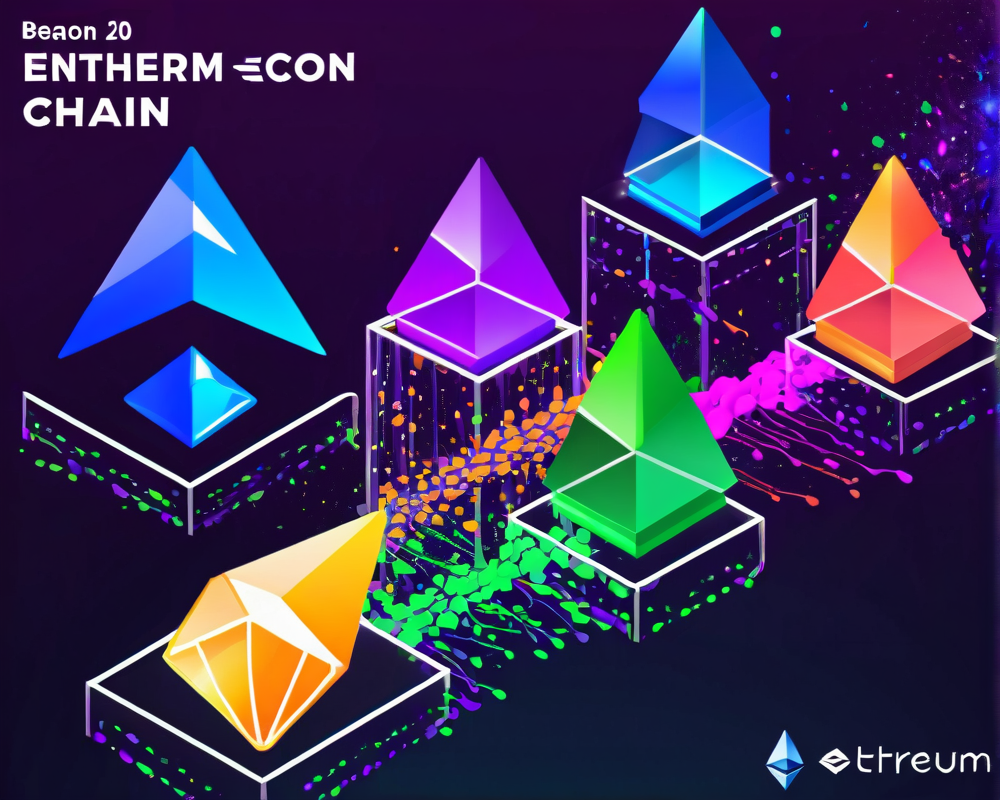Understanding the Kinsing Malware Attack
The world of cybersecurity is witnessing some jaw-dropping developments, and the Kinsing malware campaign is one of them. Discovered by Aqua Security, this persistent and ambitious attack is more than just a blip on the radar; it has targeted thousands of Docker servers with alarming regularity. Think of it as the new resident evil in the digital neighborhood — persistent, relentless, and with a serious appetite for Bitcoin.
Scope of the Attack
According to Aqua’s report published on April 3, this audacious campaign isn’t just a one-off event; it’s been hovering around for months like an uninvited guest at a party. With thousands of attempts occurring daily, the frequency of these attacks has skyrocketed, making it clear that the perpetrators are not working with a shoestring budget. Nope! This operation smells like a well-funded venture, complete with high-tech tools and a whole lot of infrastructure.
How Kinsing Works
But what makes Kinsing tick? This Golang-based Linux agent plays the long game by exploiting misconfigured Docker API ports. Once it finds an open port, Kinsing goes full throttle — downloading itself into an Ubuntu container before trying to spread its malware to more containers and hosts. It’s like a digital parasite that just won’t quit.
- Step 1: Exploit an open Docker port.
- Step 2: Download the Kinsing malware.
- Step 3: Spread the love (a.k.a. malware) to other hosts.
Its ultimate goal? Deploy a crypto miner on the compromised host and start raking in the Bitcoin, one stolen CPU cycle at a time.
The Increasing Complexity of Attacks
As cybersecurity gets tougher, so do the tactics of attackers. Aqua emphasizes that these attacks are some of the most sophisticated we’ve seen thus far, highlighting a significant shift in capabilities. Organizations must brace themselves for a fresh wave of risks and refine their strategies.
What can security teams do? They need to roll up their sleeves and get proactive:
- Identify all cloud resources and group them logistically.
- Review authorization and authentication policies thoroughly.
- Follow the principle of “least privilege” like it’s the law of the land.
- Investigate logs for any signs of abnormal user actions.
- Implement advanced cloud security tools to bolster defenses.
Growing Awareness and Concern
For further proof that cryptojacking is drawing attention, consider a recent survey from Acronis which revealed that a staggering 86% of IT professionals are worried about the impact of such nefarious practices. With criminals using innocent computers for their Bitcoin mining without permission, the concern feels justified — it’s like a digital form of identity theft, but instead of stealing your credit card, they’re stealing your CPU resources!



